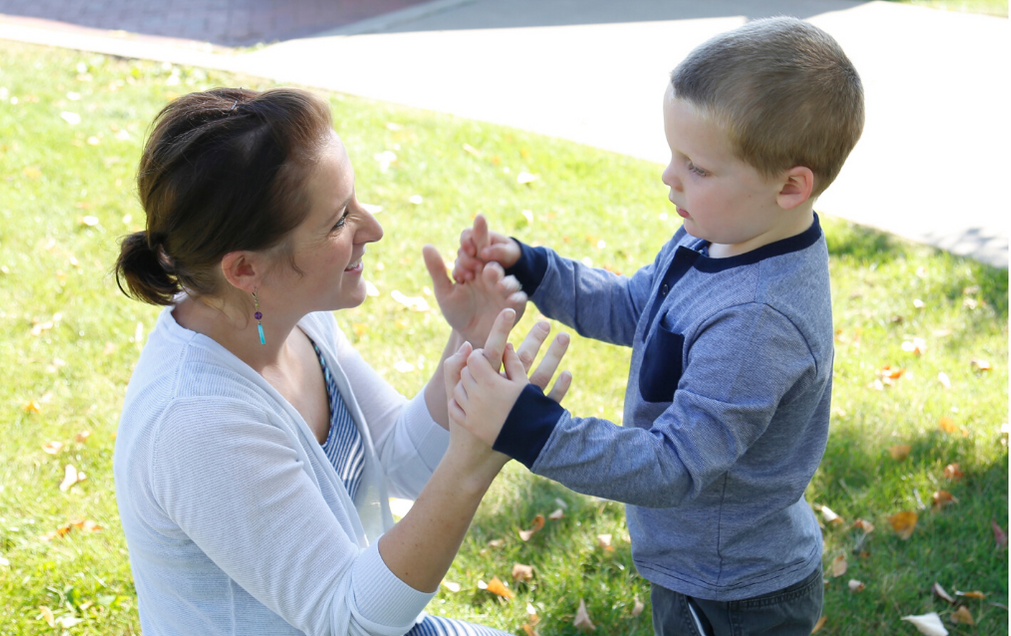Teaching Children Who Are Deafblind: Professional Development for Educators
These modules are designed for practitioners who want to improve their knowledge of deafblindness and gain practical information they can put to use right away in the home or classroom.
- Module 1: “The Impact of Deafblindness on Learning and Development" Foundational information that’s essential for working with children who are deafblind (Watch the Module 1 Trailer)
- Module 2: “Early Intervention for Children Who Are Deafblind" Strategies for encouraging communication, concept development, and more for infants and toddlers who are deafblind (Watch the Module 2 Trailer)
User-Friendly Training
Modules in this series were designed to be easily incorporated into a wide variety of in-person or virtual training programs, courses, or events.
Each module includes more than two hours of training, divided into four 30-minute lessons. For ease of use, each lesson is presented in three short video sections and includes additional activities and resources.
Read an overview of the series, module topics, and project plans.
Module 2 Now Available
For information on incorporating modules in this series into your professional development platform, visit Instructions for Professional Development Providers or contact support@nationaldb.org.
Announcements
- We are looking for a wide variety of videos and photos of educators, children, and family members. If you are interested in submitting, contact support@nationaldb.org.
- To receive occasional updates (e.g., new modules, user tips), sign up for our mailing list.
Module 3: "Communication Development for Children Who Are Deafblind"
Planning and pre-production have begun for our next module, which examines how children who are deafblind communicate as well as strategies for supporting their communication development, access to the general education curriculum (GEC), and connections with others.
Practitioners will learn essential information, including
- Key features of supporting communication development, such as assessment and planning
- How to help expand a child’s level of communication
- What early communication looks like in practice for a child who is deafblind
- How to support a child’s progress with symbolic communication
- What strategies can be used with children who are at a complex level of communication
Stay tuned for more updates as we develop Module 3!

Acknowledgements
We would like to acknowledge and thank all those who are contributing to the development of these modules.
- Described and Captioned Media Program, Media Player
- Brian Daigle, Video Editor
- Eric Taylor at Garden Tiger Studio, Audio Editor
- Susan Becker, Digital Archivist, Texas School for the Blind and Visually Impaired (TSBVI)
- The children, youth, families, educators, and state deaf-blind project personnel who provided videos and photos and participated in interviews
- Arizona Freelance Interpreting Services, ASL and Audio Description
- Content experts, professional development providers, families, and teachers who served as reviewers
- The many professional development providers who provided advice and guidance on the structure and format for the modules
Content Experts
Module 1
Maurice Belote and Michelle Clyne
Module 2
Nancy Hatfield and Sundie Marx